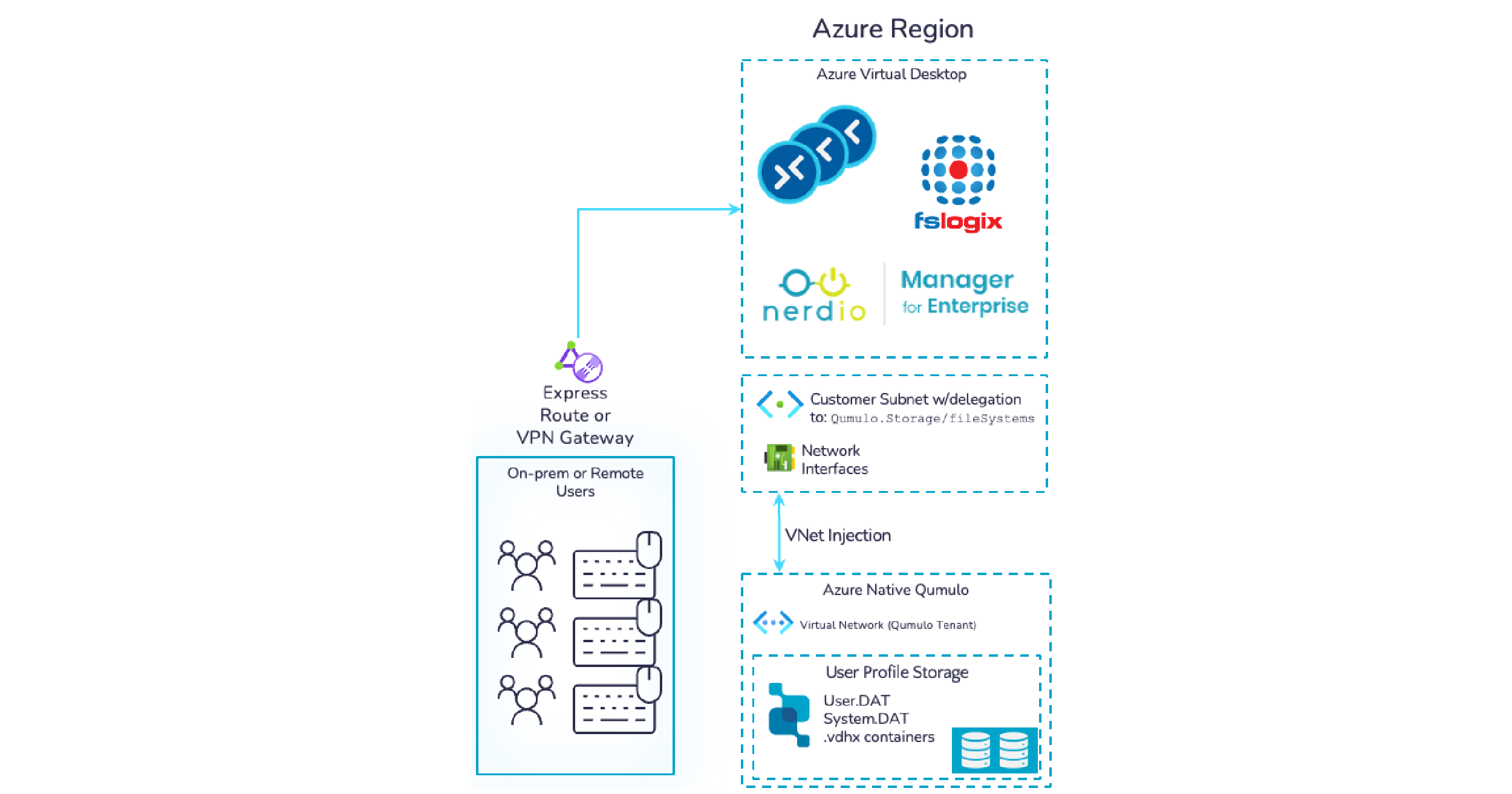How can I transform my organization’s data from overwhelming clutter into actionable insights? originally appeared on Quora, answered by Ben Gitenstein, Vice President of Product Management at Qumulo, on Quora.
Qumulo on Quora – your enterprise data storage questions, answered!
It’s time for another Qumulo on Quora insights roundup! In our first story kicking off our new running series, Qumulo on Quora, we spoke about how to budget and control costs for a high-performing data strategy. Now we’re back to discuss another popular question on Quora, answered by Ben Gitenstein.
As a contributor to the Quora Experts in Technology network, Ben recently answered some highly requested questions related to the world of data storage and management. We captured Ben’s guidance regarding transforming large sums of enterprise data into actionable, intelligent information; shifting data to the cloud; and, guidance to enterprises for sustainable data storage practices – all of which we’ll discuss in more detail over the coming weeks.
Below we take a look at how to transform massive amounts of enterprise data into a single source of truth, from insurmountable to invaluable, as answered by Ben.
Quora question: How can I transform my organization’s data from overwhelming clutter into actionable insights?
You’ll need to begin by understanding what you’re hoping to get out of your data. What questions do you want to answer? What business outcomes are you trying to achieve? Determine what your end goals are – and how data insights might help you reach them. This will be the road map for your data strategy. For example, a bank might want to improve its ability to automate home loans, which means it needs to extract data on default risk.
Once you have a clear guide for what you want your data to do for you, you can start putting it to work. This means getting a data infrastructure in place that will enable 1) sufficient storage to keep all of your data organized, and 2) analytics and machine learning capabilities that can unlock insights from that data.
This will look different depending on the kind of data your business works with, which is why we started by identifying what problem you’re trying to solve. For instance, if you’re trying to analyze a ton of image files, you won’t be able to use a data platform that only works with structured data. And if you’re an organization with data growing at a breakneck pace (which is most of us these days!) make sure your infrastructure can scale as needed.
Regardless of what platform you use, the most important thing to keep in mind is this: the last thing you need is more complexity. I’d encourage anyone working with massive amounts of data to consolidate all of that data into one single source of truth instead of breaking it into silos. Pick a simple platform that makes it easy to see all of your data in one place and extract insights from it. You’ll watch your data go from insurmountable to invaluable.
This question originally appeared on the Quora Experts in Technology Space.
Join the discussion with Qumulo on Quora
Do you have a question you want to be answered or are you interested in reading more from Ben on Quora? Be sure to follow Ben’s Quora profile and upvote his answers if you find them useful!
And, of course, be on the lookout for our next Qumulo on Quora roundup!


